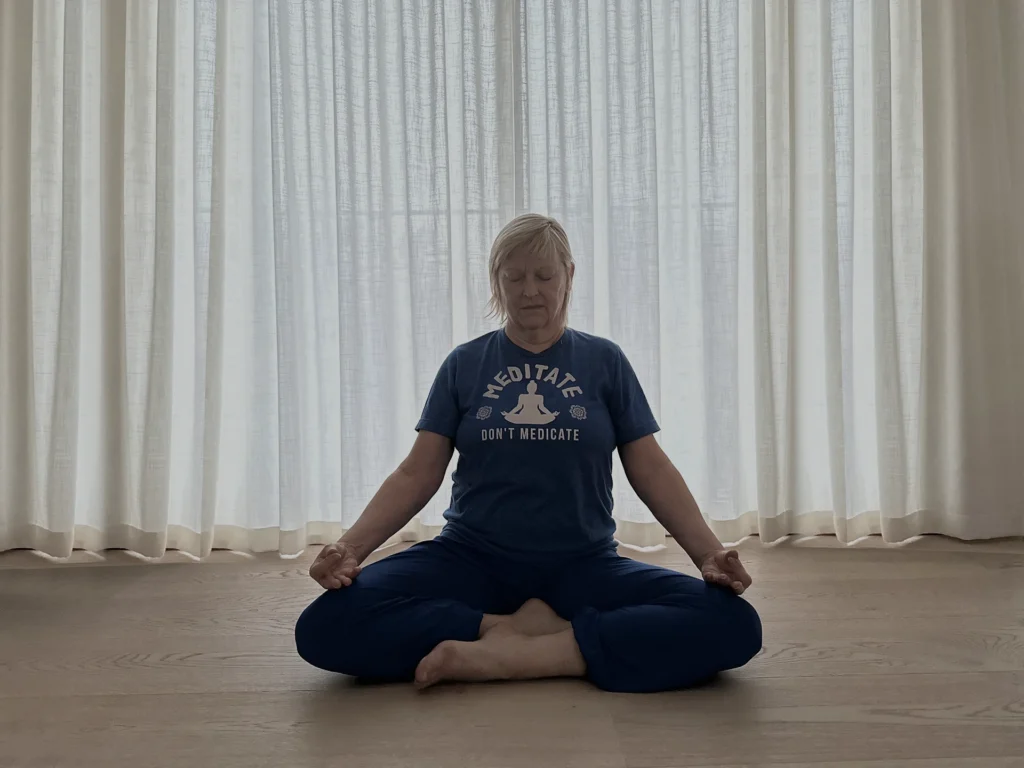
Breathing is a fundamental aspect of meditation, serving as both a focal point and a tool for achieving deep relaxation and mindfulness. By consciously controlling the breath, individuals can enhance their meditation practice, reduce stress, and promote overall well-being. Various breathing techniques exist, each offering unique benefits for mental clarity, emotional balance, and physical health.
The Importance of Breath in Meditation
Breathing is directly linked to the nervous system and plays a crucial role in regulating emotions, focus, and relaxation. When practiced mindfully, breathing techniques can activate the parasympathetic nervous system, leading to a state of calm and balance. By integrating conscious breathing into meditation, practitioners can deepen their awareness, anchor their attention, and achieve greater inner peace.
Effective Breathing Techniques for Meditation
Diaphragmatic Breathing (Belly Breathing)
This technique involves deep breathing through the diaphragm rather than shallow breaths from the chest. To practice, inhale deeply through the nose, allowing the abdomen to expand, then exhale slowly through the mouth. Diaphragmatic breathing enhances oxygen intake, promotes relaxation, and helps in stress reduction.

Box Breathing (Four-Square Breathing)
Box breathing is a structured technique that follows a four-step pattern: inhale for four counts, hold for four counts, exhale for four counts, and hold again for four counts. This method helps regulate breathing, calm the nervous system, and improve focus and concentration.
Alternate Nostril Breathing (Nadi Shodhana)
A powerful practice in yogic traditions, alternate nostril breathing balances the left and right hemispheres of the brain. To perform, use the thumb to close one nostril, inhale through the open nostril, then switch and exhale through the opposite nostril. This technique enhances mental clarity, reduces stress, and promotes emotional balance.
4-7-8 Breathing Technique
Developed by Dr. Andrew Weil, this technique involves inhaling through the nose for four counts, holding the breath for seven counts, and exhaling through the mouth for eight counts. This practice induces relaxation, helps with sleep, and reduces anxiety.
Mindful Breathing
Mindful breathing simply involves observing the breath without attempting to control it. Practitioners focus on each inhale and exhale, bringing their attention back whenever the mind wanders. This method enhances mindfulness, reduces distractions, and strengthens the ability to remain present in meditation.
Practical Breathing Exercise: 5-5-5 Relaxation Technique
A simple yet effective exercise for relaxation and focus is the 5-5-5 breathing technique. To practice, inhale deeply through the nose for five seconds, hold the breath for five seconds, and then exhale slowly through the mouth for five seconds. Repeat this cycle for several minutes, maintaining a steady rhythm. This technique helps regulate breathing, reduce stress, and promote a state of calmness, making it a great addition to any meditation practice.
Benefits of Breathing Techniques in Meditation
Incorporating breathing techniques into meditation provides numerous benefits, including reduced stress and anxiety, improved mental clarity and focus, enhanced emotional regulation, and increased oxygen flow for better physical health. Regular practice helps cultivate a sense of calm, balance, and overall well-being.
Breathing techniques play a vital role in meditation, offering tools for achieving deep relaxation, mindfulness, and emotional stability. Whether through diaphragmatic breathing, box breathing, or alternate nostril breathing, each method contributes to a more effective meditation practice. By incorporating conscious breathing into daily routines, individuals can enhance their mental, emotional, and physical health while fostering a greater connection with the present moment.
Read more:

